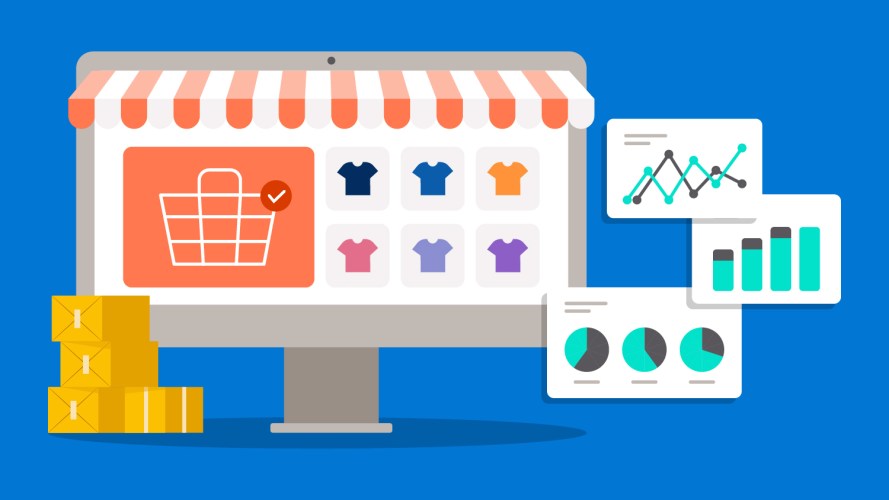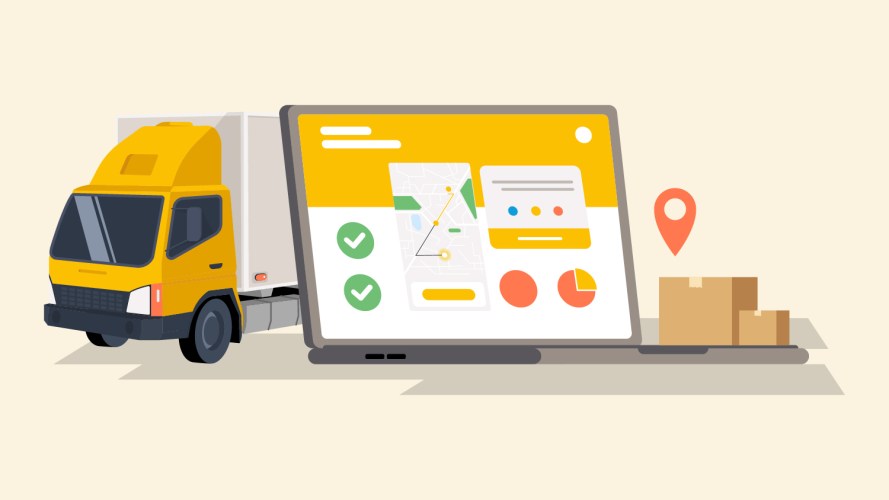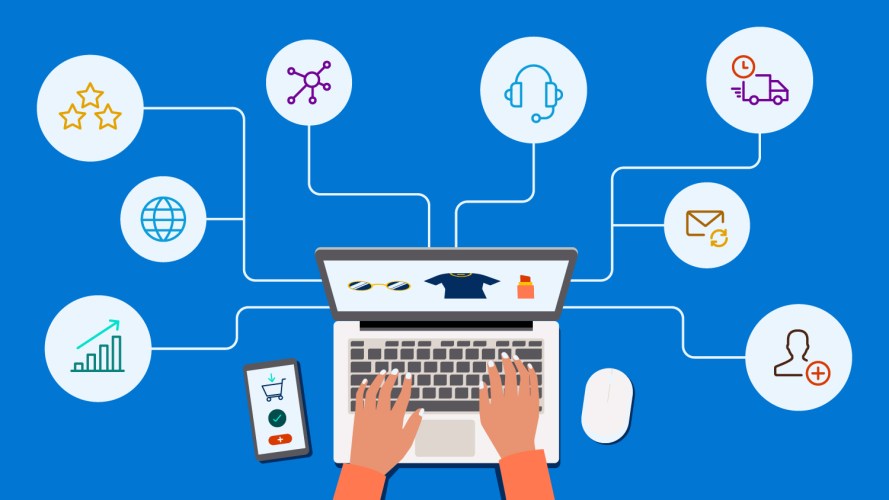Angela Wu is the Lead Analyst at fashion and home decor retailer Zulily, and she is a guest author on our blog.
The Zulily shopping experience is about discovery and fun. Our customers come to us for a great deal on designer shoes for themselves, a gift for a loved one, or a new kitchen item. To keep building our business, we need to create an incredible shopping experience that keeps people coming back again and again. It takes data and analytics to make that happen. We have to be predictive and responsive with our data to create those lifetime relationships.
With the increased volume and reliance on online shopping, personalization is even more mission critical. Online retailers must continue to test, learn, and improve their experiences to earn shoppers’ loyalty – and trust.
According to the U.S.Department of Commerce, U.S. retail ecommerce sales for the third quarter of 2020 totaled $199.4 billion and the third quarter 2020 ecommerce estimate increased 36.7% from the third quarter of 2019. This is a massive jump, and it’s only expected to climb.
Analytics is central to our work at Zulily. We rely on data to drive progress, even those of us in non-technical roles. Our data-driven culture didn’t just happen overnight. It takes a commitment to the technology, and an innovative approach and workflow to make it happen.
Our team has found the integration of Tableau and Google BigQuery to be a game-changer; in fact, we all feel like “data superheroes” with these tools. We are achieving many new ways to make use of our data, uncover new insights, and save tons of time.
Here are some of the lessons I’ve learned about working with data to be more productive and effective, and how you, too, can become a data superhero.
Make data access easy and accessible
My main goal with the Tableau and BigQuery integration was to provide our business partners, like our marketers, with access to user-friendly data content. I always want them to have access to any of the data on sales, customers, and more on a daily basis for better decision-making.
Let’s take marketing for example. There can be a large gap with the technical skill sets required to consolidate, enrich, and analyze all of the complicated information from different channels — whether it’s Google, social media, email, and more. Tableau is an easy-to-use, self-service tool (meaning no technical expertise is required), and our entire organization uses it to visualize data and make decisions. Plus, you can save so much time with the automatic data updates.
And the best part for my team? We can do more meaningful work around strategies and experimentation instead of just manually creating reports for several hours each week.
Automate the flow of data from multiple marketing data sources
So how, exactly, could we get to the point of delivering these new results? Our Zulily analytics function is quite unique because we have all of our data centralized, and we support different teams across the organization. We also have a team that centralizes data from various marketing data sources — such as website engagement metrics, purchase information, and more — into Google BigQuery. I can’t do my job without them, quite frankly.
My analytics team takes this data to pull the statistical learnings, which is really helped by the Google Cloud infrastructure. The output is placed directly in BigQuery, and we use additional SQL and Python scripts to construct reports, build up trajectories, and run statistical testing. We can then create additional BigQuery tables that feed into Tableau, and our analysis and reports are now prepared, formatted, and available for marketers. It’s a tremendous way to automate the data deployment, simplify the analysis, and deliver the easy-to-consume results to the end user.
We have more time to focus on the customer
Time is a precious resource for both our analytics and marketing teams. The automation with Tableau and BigQuery gives us much more time to focus on building loyalty with both new and existing customers.
We’ve also built a culture of testing and learning because we can easily monitor results with Tableau. And we can react to customer behavioral changes on the fly and deploy any tactics that may show promising signals — all at a very large scale. We are able to move very quickly based on dynamic information as well, whether it’s Cyber Monday or just a regular Wednesday.
With the integration and all of the tools available, analysts can use their day to really derive insights instead of querying everything. For example, it used to take me a whole day to query, summarize, and make reports of a customer’s lifetime value. Now, I only spend an hour to investigate and share the same analysis with the same quality. That gives me even more time to save the day for other strategic marketing insights.
Hear more from Angela Wu
Learn more about the benefits of Tableau and BigQuery together.






























